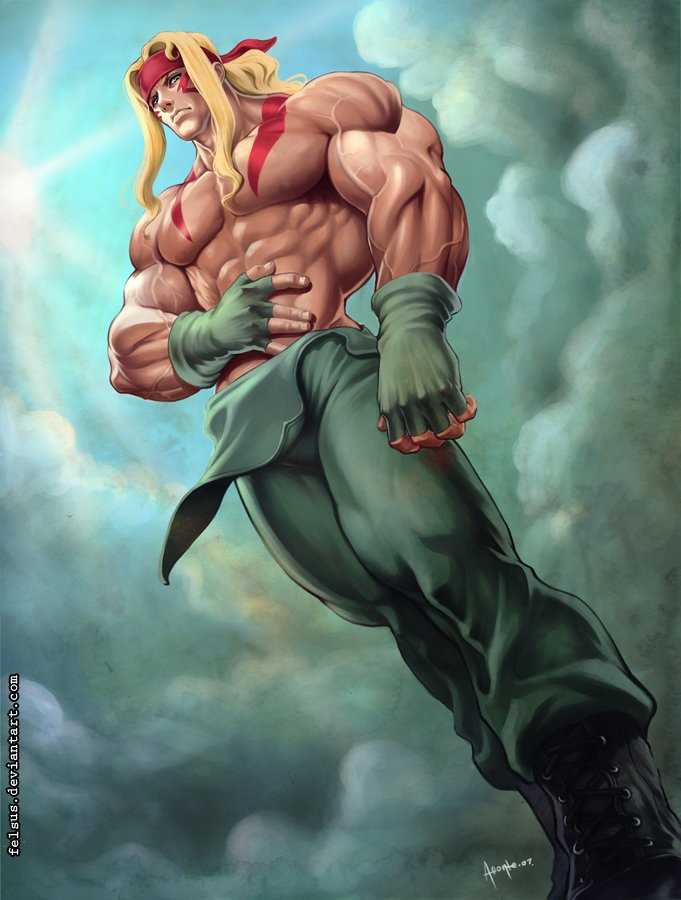New York City is world-renowned for its diverse and vibrant street art scene. From sprawling murals to hidden tags, the city’s walls showcase a wide array of artistic styles and voices. Exploring the streets of New York is like stepping into an open-air gallery, where every corner reveals a new work of art.
What sets New York’s street art apart is not only the sheer volume of artwork but also the rich history behind it. The city has long been a haven for artists, providing a platform for them to express themselves in unconventional ways. From the graffiti boom of the 1970s to the rise of muralism in recent years, street art has become an integral part of the city’s cultural fabric.
One of the most iconic neighborhoods for street art in New York is Bushwick in Brooklyn. This neighborhood has emerged as a mecca for graffiti artists, attracting talent from around the world. Walking through the streets of Bushwick is like entering a gallery without walls, where every block showcases a different artist’s vision.
While some artists use street art to make bold political statements or to raise awareness about social issues, others simply aim to beautify the cityscape. One thing is certain – street art in New York is anything but ordinary. It challenges the norms and pushes the boundaries of what is considered art, making the viewer think and question their surroundings.
The Rise of Banksy
One of the most influential and mysterious street artists of our time is Banksy. With his unique style and thought-provoking messages, Banksy has managed to captivate audiences around the world. Born in Bristol, England, his identity remains unknown, adding an aura of intrigue to his work.
Early in his career, Banksy gained recognition for his stenciled graffiti art in Bristol. He tackled social and political issues, often using humorous and satirical imagery. Banksy’s art quickly caught the attention of the public and other artists, and his popularity started to rise.
The Birth of Street Art
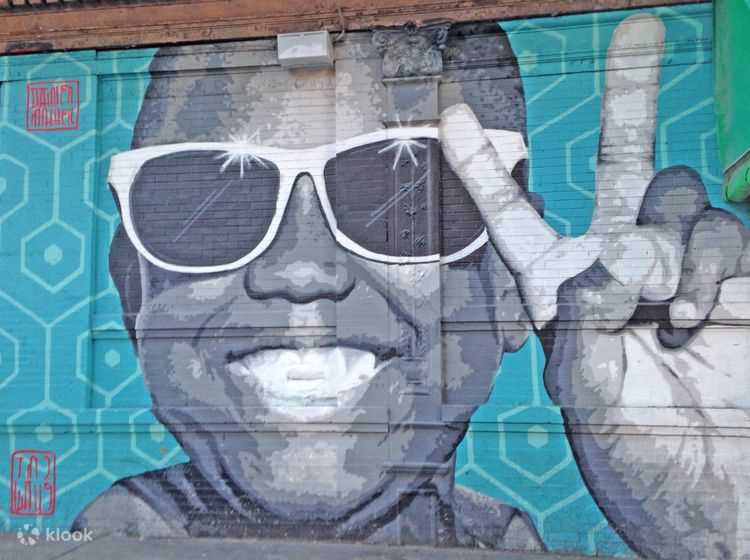
As the street art scene gained momentum in the early 2000s, Banksy became one of its leading figures. His art started to appear on walls and buildings not only in Bristol but also in other cities around the world, including New York. Banksy’s work challenged the traditional notion of art and brought it to the streets, making it accessible to everyone.
His pieces often carried strong messages, highlighting issues such as inequality, capitalism, and government surveillance. Banksy’s ability to blend artistic expression with social commentary resonated with many people, solidifying his standing as a prominent figure in the street art movement.
International Recognition
Banksy’s fame grew as his work started to appear in major cities worldwide. His distinctive style and cunning use of public spaces captivated audiences and drew attention from art enthusiasts and critics alike. His pieces were often accompanied by clever titles and statements that added another layer to their meaning.
Despite being highly sought after, Banksy remains anonymous, preferring to let his art speak for itself. His refusal to conform to traditional art market practices has only fueled the intrigue surrounding his work.
Today, Banksy’s influence can be seen not only on city walls but also in galleries and museums. His work continues to challenge viewers and spark conversations about important social issues. The rise of Banksy represents the power of street art to inspire and provoke change.
New York’s Street Art Hotspots
New York City is famous for its vibrant and diverse street art scene. From colorful murals to thought-provoking graffiti, the city is a haven for artists looking to express themselves in public spaces. Here are some of the top street art hotspots to explore in New York:
1. Bushwick Collective: Located in the heart of Brooklyn, Bushwick Collective is a must-visit spot for street art enthusiasts. The neighborhood is known for its ever-changing collection of murals by local and international artists. Take a stroll down the streets to discover the vibrant and eclectic works.
2. The High Line: This elevated park on Manhattan’s West Side is not only a beautiful green space but also a hotspot for street art. As you walk along the High Line, you will come across various art installations and murals by renowned artists. The combination of urban landscape and art makes for a unique experience.
3. East Village: With its bohemian vibe and artistic history, the East Village is another hotspot for street art in New York. From colorful street sculptures to graffiti-covered alleys, this neighborhood is a treasure trove for art enthusiasts. Take a walk around and discover the hidden gems.
4. Wynwood Walls: While not in New York, Wynwood Walls in Miami is worth mentioning as it has influenced the street art scene in New York and globally. This outdoor museum showcases large-scale murals by some of the world’s most renowned artists. If you’re passionate about street art, a visit to Wynwood Walls is a must.
5. Lower East Side: The Lower East Side is known for its vibrant and ever-evolving street art scene. From stickers and stencils to large-scale murals, the neighborhood is a playground for artists. Explore the streets and alleys to discover the latest works by emerging and established street artists.
These are just a few of the many street art hotspots in New York City. The beauty of street art is that it’s constantly changing, so there’s always something new to discover. Whether you’re a local or a visitor, make sure to explore these vibrant neighborhoods to immerse yourself in New York’s street art culture.
Street Art Festivals and Events
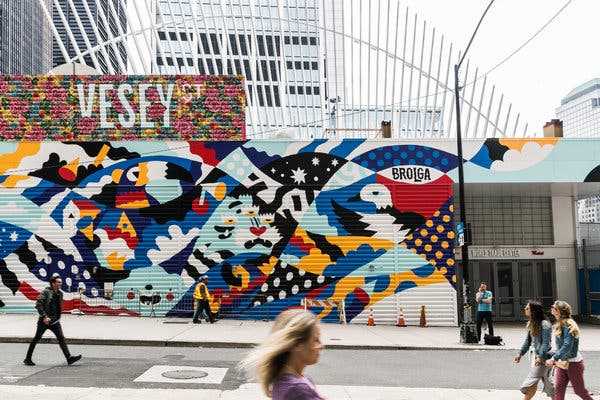
Street art festivals and events are a major part of the vibrant scene in New York City. These gatherings bring together artists and enthusiasts from all over the world to celebrate and showcase the incredible talent within the street art community.
One of the most popular street art festivals in New York is the Bushwick Collective Block Party. Held annually in the Bushwick neighborhood of Brooklyn, this event features live painting, music performances, food vendors, and more. Artists from around the globe are invited to create large-scale murals on the walls of buildings, transforming the neighborhood into an outdoor art gallery.
Another notable event is the NYC Street Art Festival.
This festival takes place in multiple locations throughout the city, giving participants the chance to explore different neighborhoods and discover new artworks. The festival includes guided tours, artist talks, and interactive workshops, allowing attendees to immerse themselves in the world of street art.
The 5Pointz Aerosol Art Center, located in Long Island City, was once the site of a vibrant street art scene. Every year, the center hosted a festival called “Meeting of Styles,” which brought together artists from around the world to create murals on the building’s walls. Although the original 5Pointz complex was demolished in 2014, the festival continues to take place in different locations, keeping the spirit of the street art alive.
Overall, street art festivals and events play a crucial role in promoting and preserving the vibrant street art culture in New York. They provide a platform for artists to showcase their work, foster community engagement, and contribute to the dynamic visual landscape of the city.
The Influence of Street Art on Urban Culture
1. Breaking Boundaries

One of the most significant influences of street art on urban culture is its ability to break boundaries. Traditional art is often confined within the walls of galleries and museums, limiting its accessibility to a select few. Street art, on the other hand, is accessible to all, blurring the lines between art and everyday life. Graffiti-covered walls, vibrant murals, and thought-provoking stencils can be found in every corner of the city, injecting creativity into even the most mundane spaces.
2. Giving Voice to the Marginalized
Street art provides a platform for marginalized voices to be heard. Artists often use their work to shed light on social and political issues, highlighting injustices and advocating for change. The public nature of street art allows these messages to reach a wider audience, sparking conversations and fostering a sense of community. In this way, street art becomes a powerful tool for social activism, empowering individuals and enriching urban culture.
| Benefits of Street Art: |
|---|
| 1. Beautifies urban spaces |
| 2. Promotes cultural diversity |
| 3. Inspires creativity and imagination |
| 4. Attracts tourism |
Preserving Street Art: Challenges and Conservation Efforts
Street art, by its very nature, is ephemeral and transient. It is often created illegally, in public spaces, using unauthorized materials. These unique characteristics present significant challenges when it comes to preserving street art for future generations.
Challenges
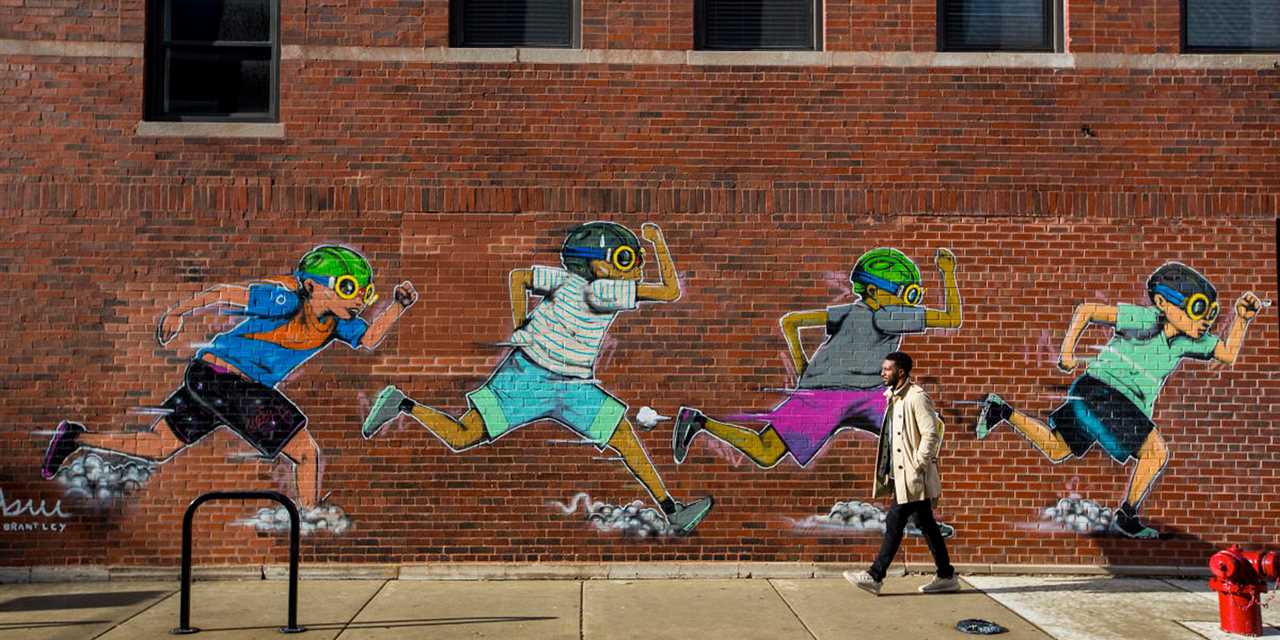
One of the main challenges in preserving street art is its vulnerability to vandalism and weather conditions. Graffiti artists may intentionally deface or destroy existing works, and natural elements such as rain, sunlight, and pollution can deteriorate the artwork over time. Additionally, street art is often located in urban areas with high foot traffic, making it susceptible to accidental damage.
Another challenge is the legal status of street art. In many cities, street art is considered illegal, and local authorities may remove or paint over works without permission. This creates a constant threat to the preservation of street art, as it can be erased overnight.
Conservation Efforts
Despite these challenges, there are significant efforts being made to conserve street art and raise awareness of its importance as an artistic and historical form. One conservation method is the documentation of street art through photography and video. This allows for the creation of an archive to preserve the memory of these ephemeral artworks.
In addition to documentation, some organizations and communities are working to protect and restore street art. They collaborate with artists to obtain permission, secure legal wall spaces, and develop initiatives to encourage the creation and preservation of street art. These efforts help ensure that street art remains a vibrant and integral part of the urban landscape.
| Challenges | Conservation Efforts |
|---|---|
| Vandalism and weather conditions | Documentation through photography and video |
| Legal status and potential removal | Collaboration with artists and communities to secure legal wall spaces |
| Location in high foot traffic areas | Initiatives to encourage street art creation and preservation |
Street Art and the Public: Controversies and Reactions
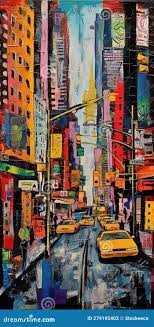
Street art has always been a form of expression that pushes boundaries and challenges societal norms. However, not everyone sees it as a positive form of artistic expression. There are controversies surrounding street art and its impact on the public.
One of the main controversies is the issue of legality. While some street artists have permission from property owners to create their art, many others engage in illegal graffiti. This raises questions about property rights and whether street art should be seen as vandalism or as a legitimate form of expression.
Another controversy surrounding street art is the issue of gentrification. Some argue that as street art becomes more popular and trendy, it can contribute to the displacement of low-income communities. Street art often becomes a tourist attraction, leading to an increase in property values and pushing up rent prices. This can have a negative impact on the original residents of the area.
Despite these controversies, street art also elicits a variety of reactions from the public. Some people view street art as a refreshing and vibrant addition to the urban landscape. They appreciate its ability to transform otherwise mundane city streets into a gallery of creativity and self-expression. Others find it visually stimulating and enjoy discovering new pieces as they explore the city.
On the other hand, there are those who see street art as a form of vandalism that defaces public property. They argue that it can create a sense of disorder and contribute to an overall decline in the appearance of the city. Some people also feel that street art can perpetuate negative stereotypes and glorify criminal behavior.
Overall, the controversies and reactions surrounding street art highlight the complex relationship between public space, art, and the community. While some see street art as a valuable form of expression that adds vibrancy to the urban environment, others view it as a nuisance or even a threat to the social order. The debate over street art is ongoing, and it will continue to shape cities and communities in the future.

I am a mural enthusiast and a fervent admirer of street art. Rather than creating murals myself, I am passionate about collecting them. My love for street art knows no bounds. I am dedicated to curating and cherishing these artworks that grace the streets. My collection stands as a testament to my profound appreciation for this form of artistic expression.
read about me



